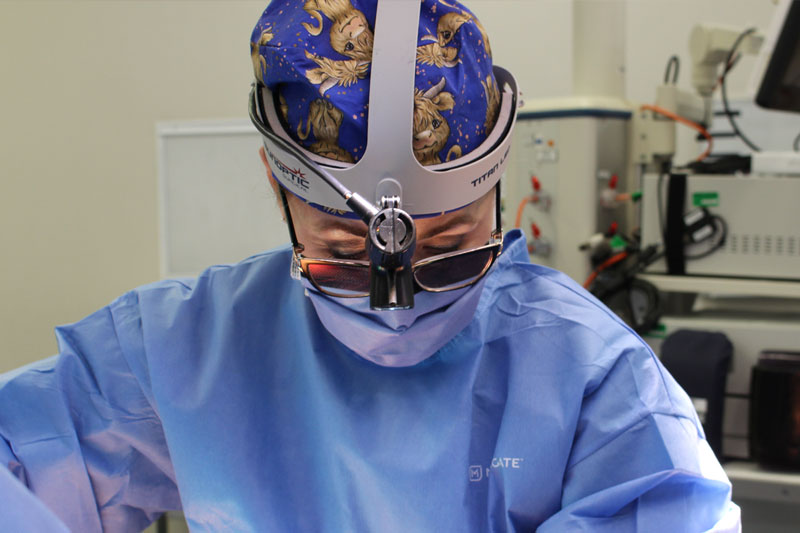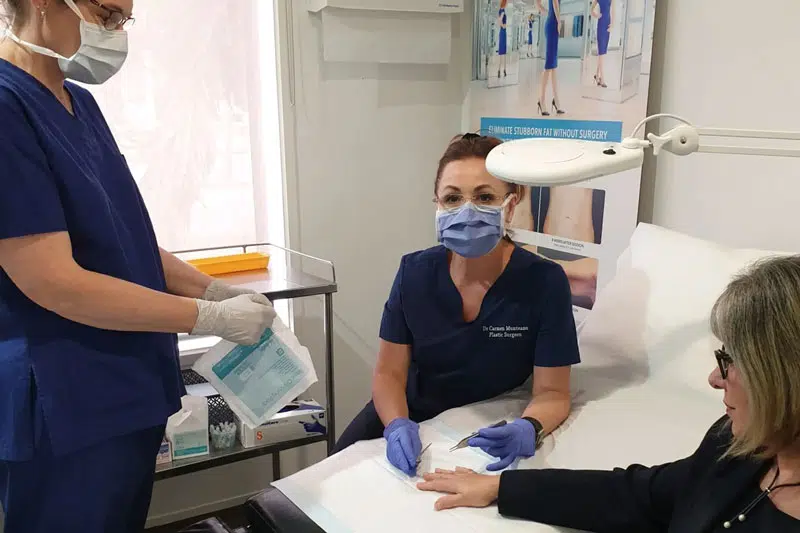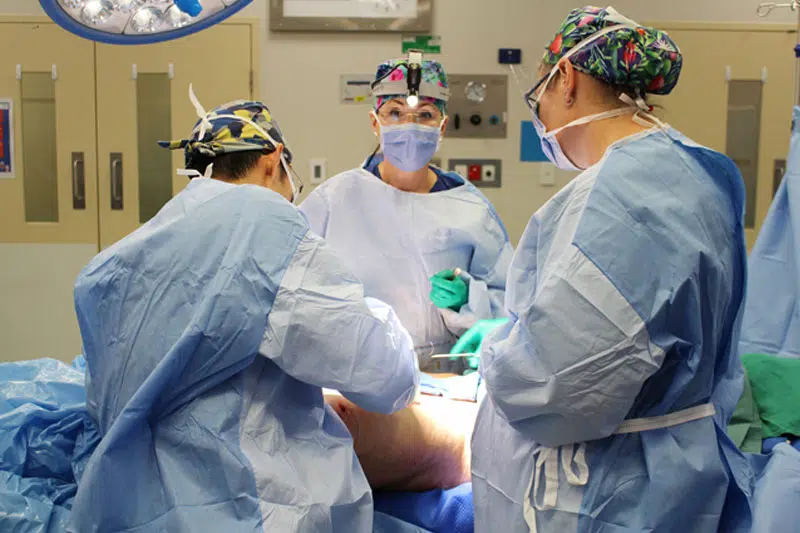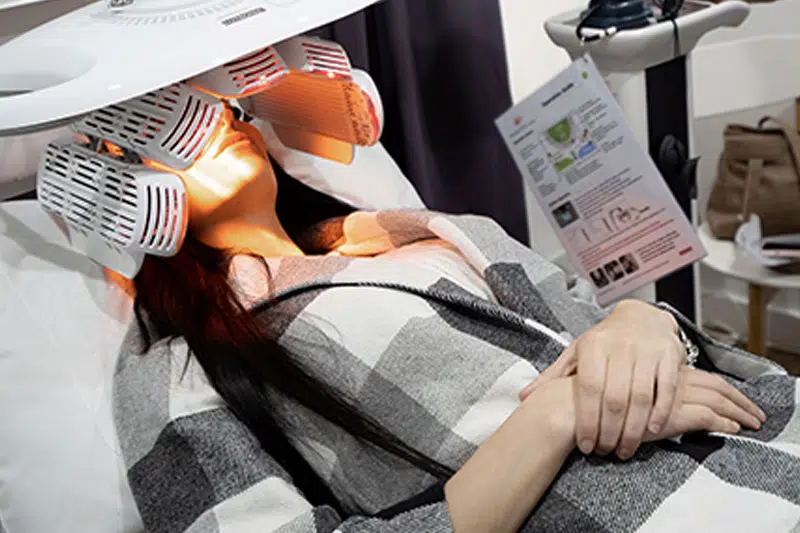Liposuction & Liposculpture – Body Contouring by Dr Carmen
Liposuction or Liposculpture can help remove stubborn fat for a better body contour. Dr Carmen Munteanu MD FRACS (Plast) is a Specialist Plastic Surgeon who performs liposuction in Melbourne, Australia. She is dedicated to providing optimal care to her patients and helping them achieve realistic goals.
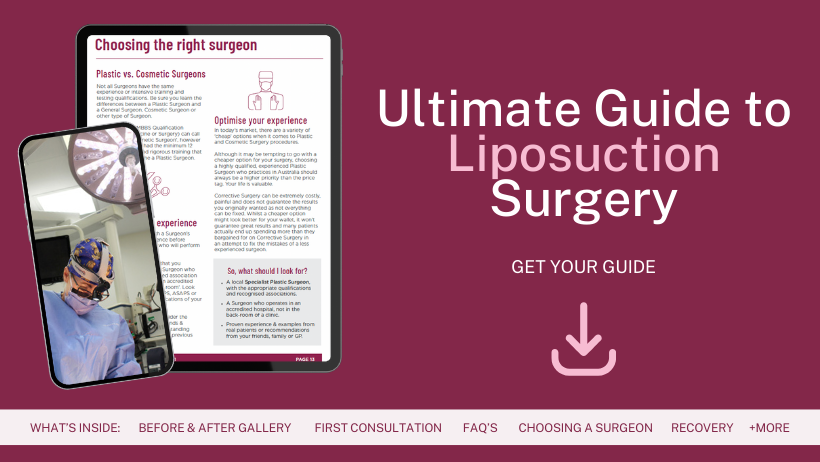
Download Dr Carmen’s Guide to
Liposuction
What Is Liposuction?
Liposuction is a cosmetic surgery procedure that aims to permanently remove stubborn fat deposits that diet & exercise have been unable to shift. Liposuction removes fat using suction through an instrument called a cannula which is inserted under the skin near the excess fat deposits. It yields satisfying results for most patients and is considered to be less invasive than full surgery like a tummy tuck-abdominoplasty.
Liposuction does not remove all the fat cells, some will remain. Fat cells do not multiply, rather they expand and contract in relation to dietary intake and lifestyle. Therefore, it is vital that you maintain a healthy activity level and dietary balance, this will enhance and extend the liposculptured shape Dr Carmen has created.
There are four basic types of liposuction:
- Tumescent liposuction – This procedure consists of injecting a fluid into the fatty tissues. The fluid is left in the fat tissue for several minutes and then sucked out through a cannula which is repeatedly pulled back and forth.
- Super-wet liposuction – Super-wet liposuction is a modification of tumescent liposuction, where the fluid injected into the fatty tissues in smaller volume, but it also contains nerve numbing agents and blood vessel contractor. This surgical technique has proven to be faster and more comfortable during and after liposuction.
- Laser-assisted liposuction – Laser-assisted liposuction uses a laser, commonly found at the tip of the cannula to liquefy the fatty tissues. This helps with the easier movement of the cannula and faster fatty tissue sucking, which reduced the time you spend in the surgical theatre and reduces pain post-op. There may be some skin rejuvenation & tightening effects as well.
- Vaser Lipo or Ultrasound-assisted liposuction – Ultrasound-assisted liposuction or VASER liposuction utilises ultrasound to soften and melt the fatty deposits. This speeds up the procedure time so that you can spend less time under the anaesthetic. There may be some skin rejuvenation and tightening effects too.
What Are The Benefits Of Liposuction ?
Liposuction offers patients many benefits:
- targeted fat removal from difficult to trim down areas
- improved body shape and contouring
- reduced chafing in patients who opted for thigh liposuction
About Liposuction Surgery
Dr Carmen has an excellent surgical team that will take care of you and your anaesthetic will be administered by a consultant anaesthetist. The surgery will be performed under general anaesthesia in an accredited hospital. After the liposuction procedure has been finished, you will spend some time in the hospital.
You will leave the hospital once cleared with the surgeon’s personal contact information and detailed aftercare instructions.
Recovery After Liposuction
Recovery after liposuction is not as long and as painful as you may think. After only a few days, you can be back at work. Dr Carmen will instruct you to wear a compression garment for some time after the surgery, usually a couple of weeks. In the first day or two post-op, you should rest and take plenty of fluids.
A short slow gentle walk can increase the blood flow and can help speed up the recovery process. Dr Carmen may advise you to take zinc and some multivitamins to boost your immune system and help with liposuction recovery.
Minimising Scars After Liposuction
Incisions that are made during the liposuction are very small and are made in natural crevices of the skin whenever possible. Scars take some time to mature, but if you feel uncomfortable with even small scars, you may discuss some scar revision and minimisation procedures. These include, but are not limited to skin resurfacing, topical silicone-based creams and micro-needling. These non-surgical procedures can yield good results.
Longer-Term Results of Liposuction
Liposuction is not a substitute for a well-balanced diet and regular physical activity. It does not substitute for dieting and is not meant to remove large volumes of fat and fatty tissues. To ensure long-term results, special attention should be paid to food intake, since liposuction does not remove all the fat cells. The leftover fat cells can still increase in volume and take up any extra calories you have consumed.
Am I A Good Candidate For Liposuction?
If you
- have been exercising
- had stable weight in the past six to twelve months,
- are prepared to give up smoking
- have a healthy diet
then you might be a good candidate for a liposuction procedure. Contact Dr Carmen and discuss your case with her.
Price & Cost – How Much Is Liposuction In Melbourne ?
In general, the final price of a liposuction procedure depends on many factors which include hospital costs, surgeon’s fee, anaesthetist’s fee, assistants’ fee and any medication and additional costs that may arise during your surgery. For a better understanding of the pricing profile, consult our pricing page.
Funding Your Liposuction Surgery
Although medicare and health insurance does not cover cosmetic surgery procedures like liposuction, you may be able to find a funding solution for your liposuction procedure on Dr Carmen’s payment plans and medical finance webpage.
FAQs about Liposuction
Combining Liposuction with other Associated Surgeries
Liposuction can be successfully combined with a tummy tuck-abdominoplasty, facelift, reduction mammaplasty, arm lift, thigh lift or body contouring.
This way, the recovery time may be a little more uncomfortable, but you will be able to save a lot of time by recovering from two procedures at the same time.
You may choose to better utilise the time spent in general anaesthesia and the recovery time by consulting your specialist plastic surgeon, Dr Carmen Munteanu, about the possibility of having two surgical procedures performed at the same time.
Preparing for Your Liposuction Patient Journey
Always consult Dr Carmen about any concerns you may have. Remove all piercings and avoid having any new tattoos prior to the surgery. Have a shower morning before the surgery. Any hair extensions and any metal have to be removed. Bring any paperwork with you and prepare for a short hospital stay and plan to have somebody take you home: you will not be able to drive by yourself.
Get prepared at home – You may want to stock up your fridge and your pantry and run all errands you may have in the upcoming few weeks. Eat a lot of healthy foods weeks before the surgery and take multivitamins and zinc supplements to boost your immune system.
How to Find The Right Liposuction Surgeon In Melbourne
Finding the right liposuction surgeon in Melbourne may not be an easy task. You can look online for photos, but make sure that you choose a plastic surgeon (not just a doctor or undertrained cosmetic surgeon) who is allowed to operate in a proper accredited surgical theatre in a hospital and provides adequate post-op care.
Liposuction Glossary
- Cannula – A thin, hollow tube used during liposuction to suck out the fatty contents.
- General anaesthesia – a drug or gas given to a patient to alter consciousness.
- Local anaesthesia – a drug administered into the skin or underlying layers to help numb the pain.
- Liposuction – a fat removal surgical technique
- Lipoplasty – liposuction
- Tummy tuck – abdominoplasty – a surgical procedure aimed at removing extra skin and larger amounts of fat from the body.
Liposuction Risk & Complications
Some risks are common during the liposuction recovery: swelling, bruising, discomfort and skin tightness are experienced by most patients. Some other complications may occur, although rarely: allergic reactions, asymmetry, haematoma and reduced sensation in the area that liposuction was performed on. Allergic reactions are usually a side effect of some drugs that you may be instructed to take before or after the surgical procedure. Read more about potential risks and complications of plastic surgery.


